The Day Everything Changes
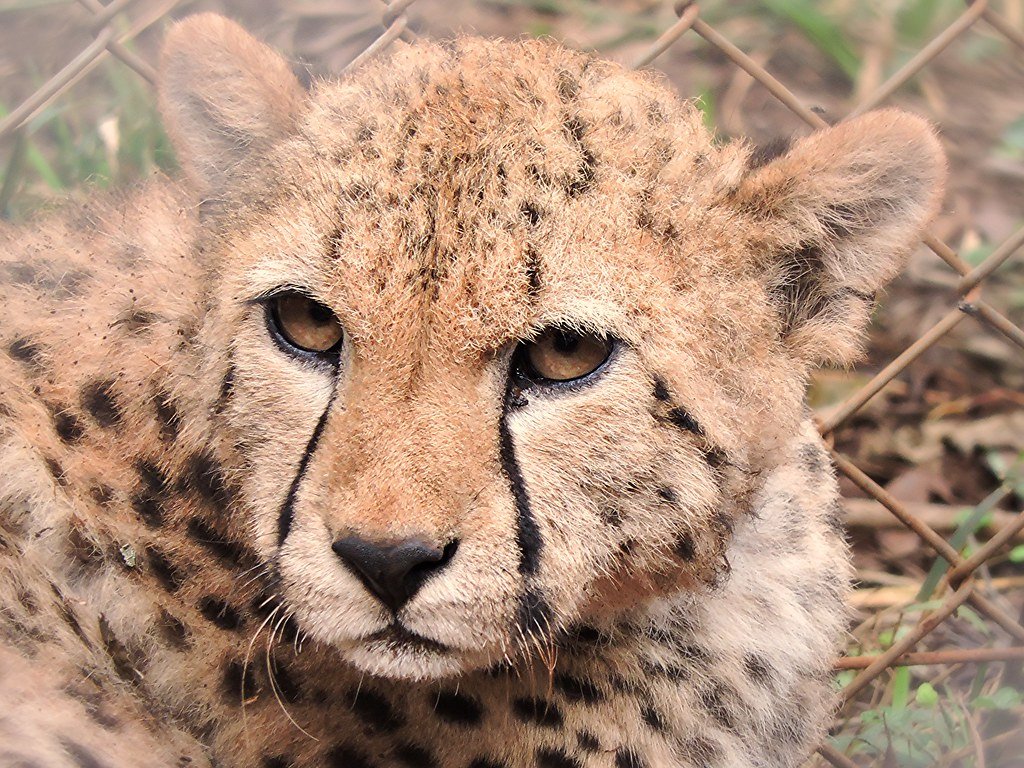
Imagine being the fastest creature on land one day, then suddenly finding yourself unable to run. For a cheetah, losing its legendary speed isn’t just about losing a talent — it’s about losing everything that defines survival. This devastating reality strikes more often than we realize, leaving these magnificent cats to face challenges that most of us never consider. When injury, age, or illness robs a cheetah of its 70-mph sprint, the consequences ripple through every aspect of its existence. The wild becomes a different place entirely, and adaptation becomes a matter of life or death.
When Hunting Becomes Impossible

A cheetah’s entire hunting strategy revolves around explosive bursts of speed to catch prey like gazelles and impalas. Without this advantage, they’re left watching potential meals slip away, knowing they lack the power to pursue them. Unlike lions with their teamwork or leopards with their stealth, cheetahs have built their whole identity around that incredible acceleration. The frustration must be overwhelming — seeing food right there but being unable to secure it. Many injured cheetahs will attempt hunts anyway, only to exhaust themselves further and worsen their condition.
The Starvation Spiral Begins

What starts as missed hunting opportunities quickly escalates into a dangerous cycle of weakness and hunger. A healthy cheetah needs to eat every 2-3 days, but an injured one might go weeks without a successful kill. As their body begins consuming its own muscle mass for energy, they become even weaker and less capable of hunting. This downward spiral is heartbreaking to witness — each failed attempt at catching prey pushes them closer to the edge. The proud predator slowly transforms into a shadow of its former self, desperately scavenging for scraps.
Losing Territory to Stronger Predators

In the African savanna, territory isn’t just about space — it’s about survival resources and safety. A cheetah that can’t defend its hunting grounds becomes vulnerable to takeovers by lions, leopards, and hyenas. These stronger predators quickly recognize weakness and move in to claim the best hunting spots and water sources. The displaced cheetah is forced into marginal areas where prey is scarce and competition is fierce. What was once their kingdom becomes hostile territory where they’re no longer welcome.
The Emotional Toll of Helplessness
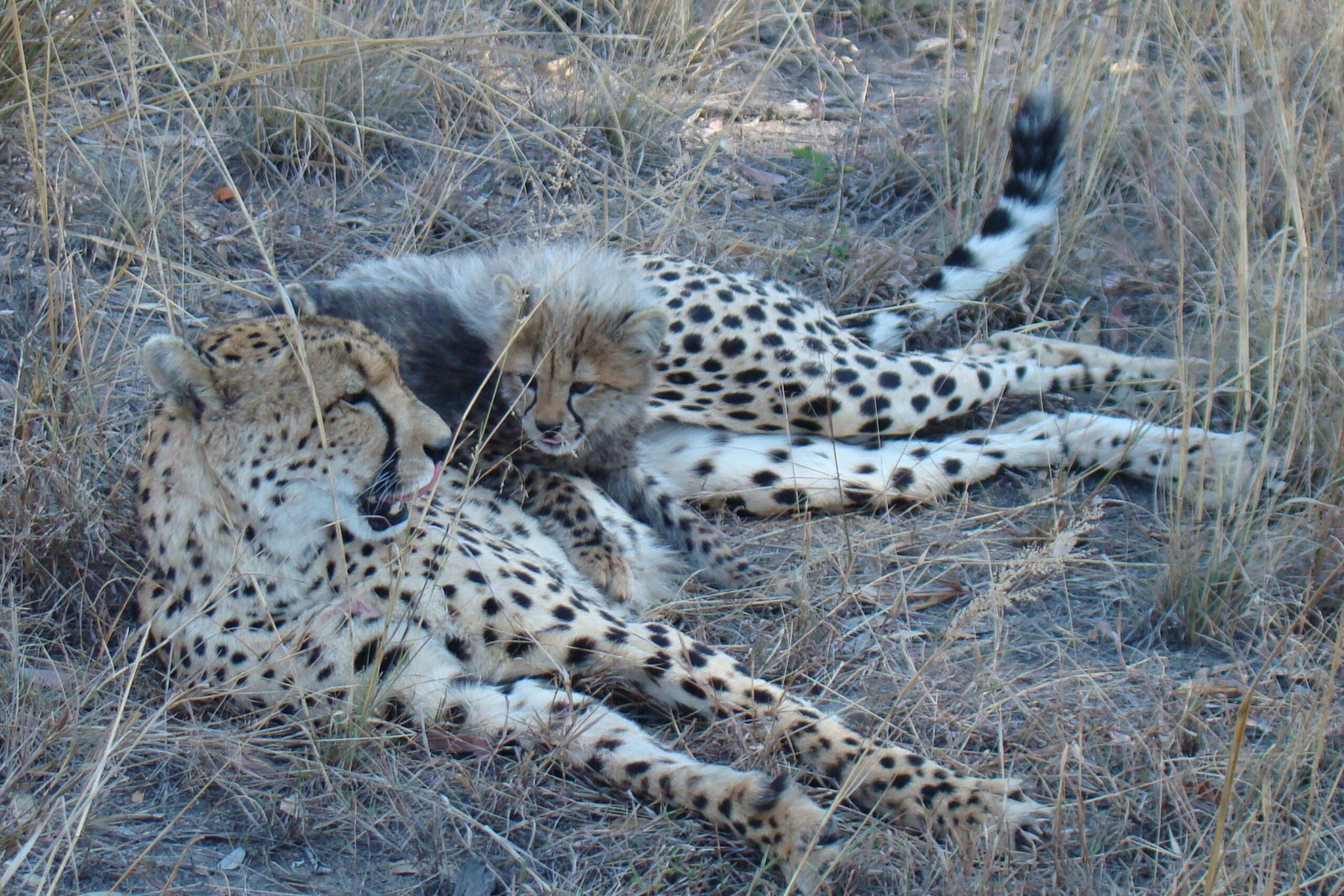
Animals experience emotions more deeply than many people realize, and cheetahs show clear signs of distress when they lose their speed. Researchers have observed behavioral changes including increased anxiety, depression-like symptoms, and social withdrawal. The cat that once moved with confidence and grace now hesitates, second-guessing every decision. You can almost see the confusion in their eyes — the internal struggle of instincts telling them to run when their body simply won’t respond. This psychological burden often proves as challenging as the physical limitations.
Mothers Face Impossible Choices
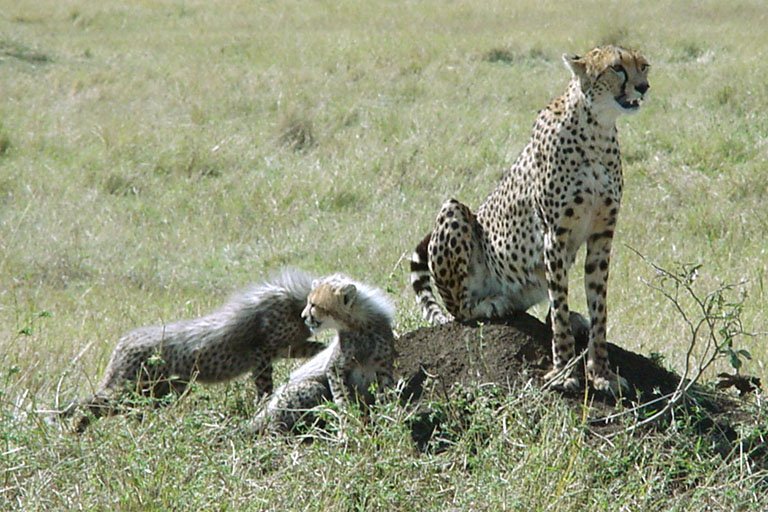
A female cheetah with cubs faces the most heartbreaking scenario when she loses her speed. Her maternal instincts drive her to hunt and provide, but her body betrays these efforts at every turn. Cubs depend entirely on their mother’s hunting success for survival, creating an impossible pressure that weighs heavily on disabled females. Many are forced to watch their offspring grow weaker each day, knowing they can’t provide the nutrition needed for healthy development. Some mothers will even abandon their cubs, hoping they might find a better chance at survival elsewhere.
Scavenging: A Desperate Last Resort
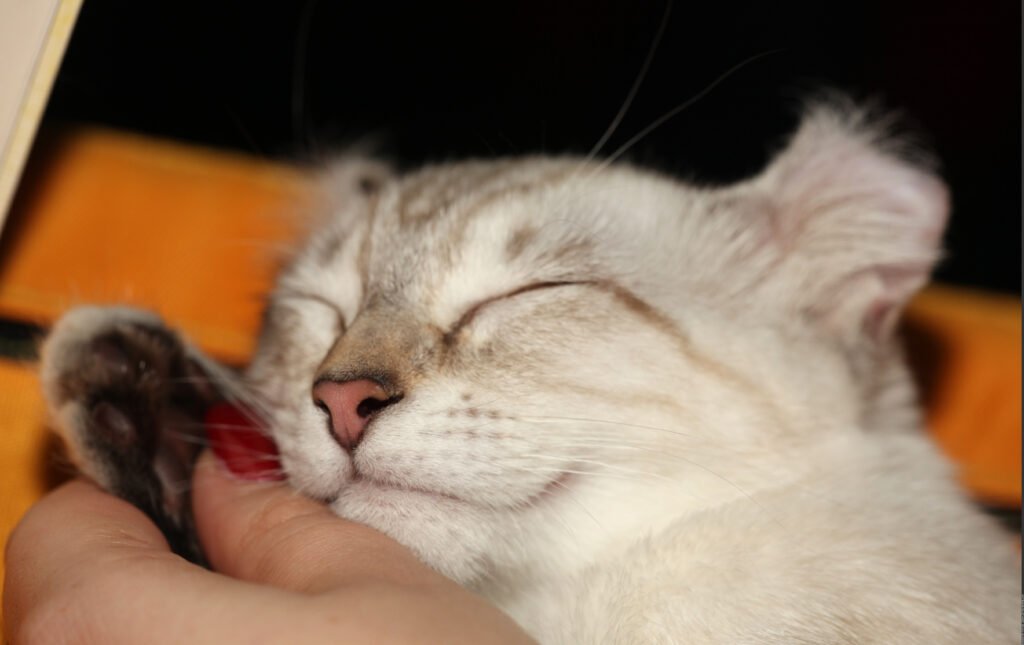
Pride gives way to desperation as speed-impaired cheetahs turn to scavenging — a behavior that goes against every instinct they possess. These cats, built for the thrill of the chase, find themselves waiting for other predators to make kills they can steal. The irony is crushing: the world’s fastest land animal reduced to picking at leftovers from creatures they once outran with ease. Scavenging also puts them in direct conflict with more aggressive animals like hyenas and vultures, adding danger to an already precarious situation.
The Challenge of Staying Hydrated
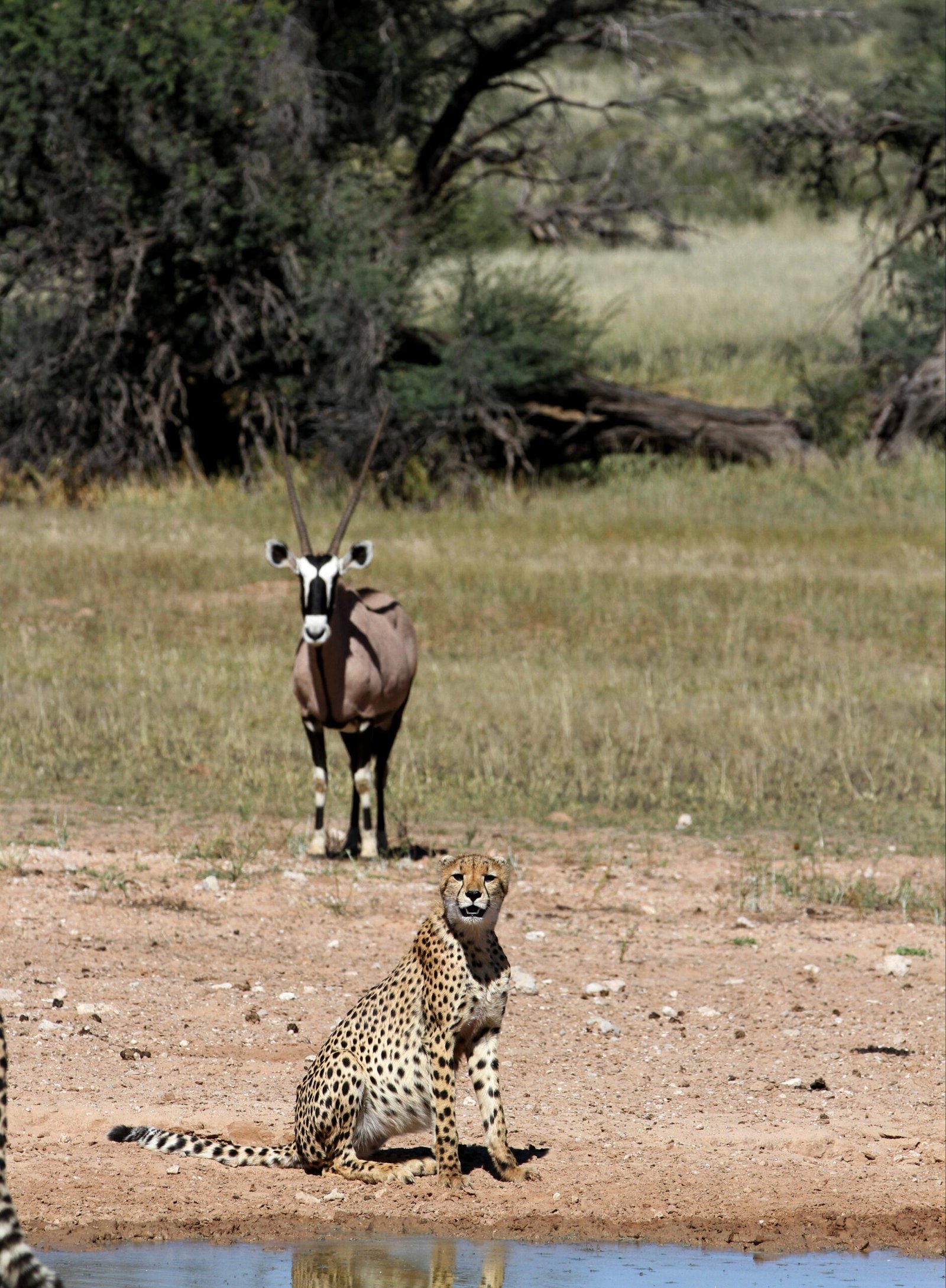
Water sources in the wild are often controlled by the strongest predators, and a cheetah without speed loses access to the best drinking spots. They’re forced to drink from smaller, more contaminated sources or risk dehydration by avoiding water altogether when stronger animals are present. This creates a dangerous game of timing — waiting for the perfect moment when predators aren’t around, which might not come for days. Dehydration further weakens their already compromised system, making recovery even more unlikely.
Social Isolation in a Connected World

Cheetahs may seem solitary, but they maintain complex social networks with other cheetahs in their territory. When injury strikes, these social connections often break down as the disabled cat can no longer participate in territorial displays or competitive interactions. Male coalitions will abandon an injured member who becomes a liability, while females lose their status in the hierarchy. The psychological impact of this isolation compounds their physical struggles, leaving them to face their challenges completely alone.
Weather Becomes an Enemy

A healthy cheetah can easily find shelter or move to more comfortable areas when weather turns harsh, but injured cats lose this mobility. Rainstorms, extreme heat, or cold snaps become life-threatening events when you can’t quickly relocate to safety. Their spotted coat, designed for speed rather than insulation, provides little protection during extended exposure to the elements. Many disabled cheetahs succumb not to starvation, but to weather-related complications that their bodies are too weak to handle.
The Rare Stories of Adaptation
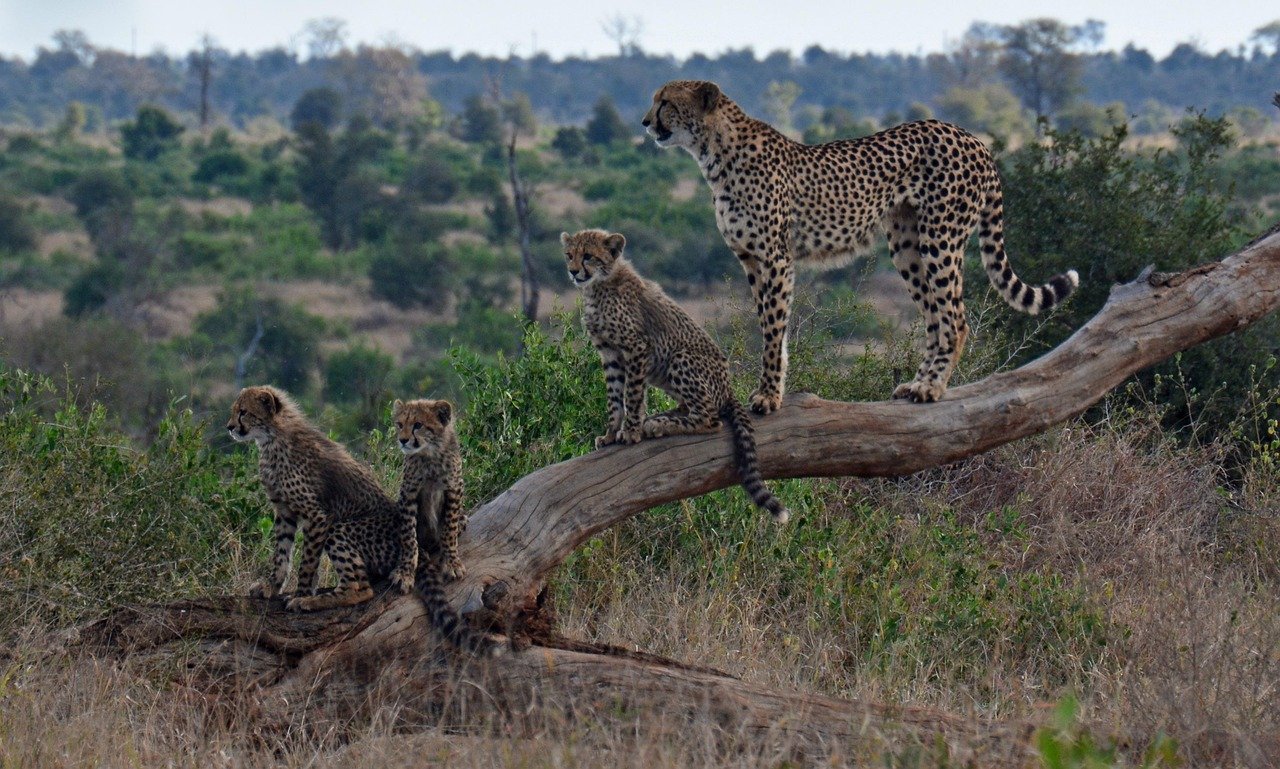
Though uncommon, some cheetahs do find ways to adapt to life without their trademark speed. These remarkable individuals learn to hunt smaller, slower prey or develop patience for ambush-style hunting. A few have been observed changing their entire lifestyle, becoming more nocturnal to avoid competition with stronger daytime predators. These success stories are rare but inspiring, showing the incredible resilience that exists within even the most specialized creatures. They remind us that survival sometimes requires completely reimagining who you are.
Human Intervention: Hope or False Promise?

Wildlife rehabilitation centers occasionally rescue speed-impaired cheetahs, but the success rate for returning them to the wild is discouragingly low. These facilities face the harsh reality that a cheetah without speed can’t truly be a wild cheetah again. Some become ambassadors for conservation education, living comfortable but confined lives that serve a greater purpose. Others receive medical treatment that might restore some mobility, though they rarely return to their former capabilities. The ethical questions surrounding intervention remain complex and emotionally charged.
The Ripple Effect on Ecosystems
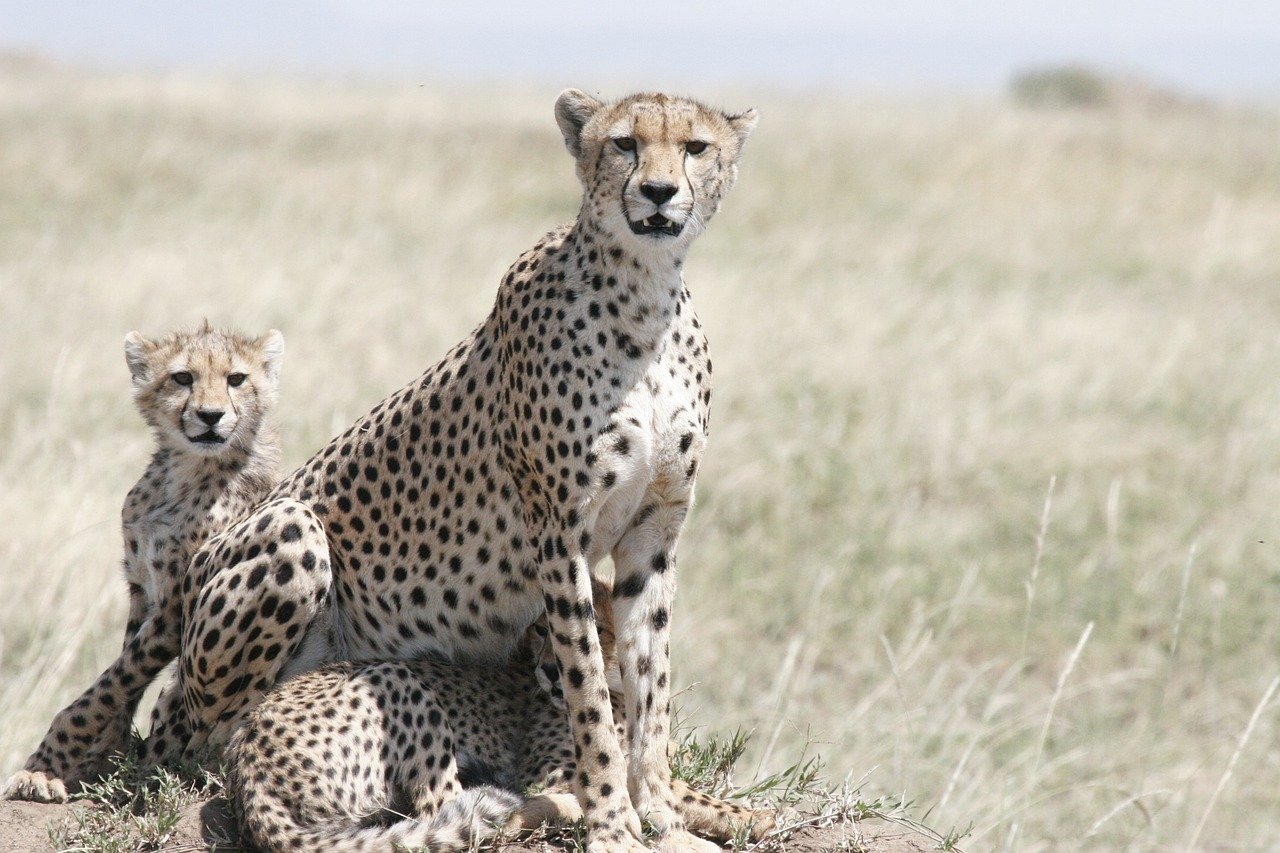
When cheetahs disappear from an area due to injury or inability to compete, the entire ecosystem feels the impact. Their prey species may overpopulate certain areas while avoiding others, changing vegetation patterns and water usage. The balance that took thousands of years to establish can shift dramatically when a key predator is removed from the equation. Other carnivores may increase their territory range, creating new competition dynamics that affect multiple species. Nature’s intricate web proves surprisingly fragile when even one thread is weakened.
Learning to Live in the Shadows

Some disabled cheetahs adopt a ghost-like existence, moving only at dawn and dusk when other predators are less active. They learn to read the landscape differently, focusing on escape routes rather than hunting opportunities. These cats become masters of hiding, using vegetation and terrain features that they previously ignored in their speed-focused lifestyle. Their world shrinks to a fraction of its former size, but they find ways to exist within these new limitations. It’s a humbling reminder of how adaptable life can be when survival is at stake.
The Final Chapter
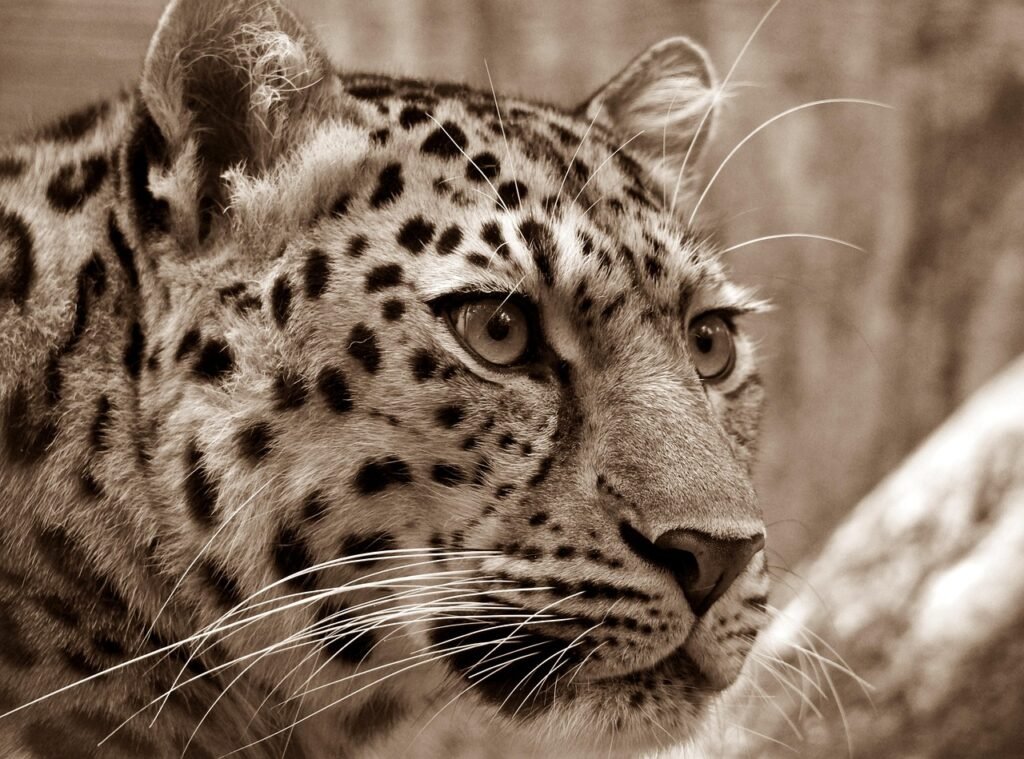
Most cheetahs who lose their speed don’t survive long in the wild — typically succumbing within weeks or months to starvation, predation, or exposure. Their final days are often spent in increasingly desperate attempts to find food or shelter, their bodies growing weaker with each passing day. Yet even in these tragic endings, there’s something profound about their refusal to give up, their continued attempts to be what they once were. These magnificent creatures teach us about dignity in the face of impossible odds, fighting until the very end for a life worth living.
The next time you see a cheetah in its prime, racing across the savanna with breathtaking grace, remember the fragile line between thriving and merely surviving in the wild — because for these incredible cats, everything truly depends on that legendary speed.
Hi, I’m Bola, a passionate writer and creative strategist with a knack for crafting compelling content that educates, inspires, and connects. Over the years, I’ve honed my skills across various writing fields, including content creation, copywriting, online course development, and video scriptwriting.
When I’m not at my desk, you’ll find me exploring new ideas, reading books, or brainstorming creative ways to solve challenges. I believe that words have the power to transform, and I’m here to help you leverage that power for success.
Thanks for stopping by, Keep coming to this website to checkout new articles form me. You’d always love it!






